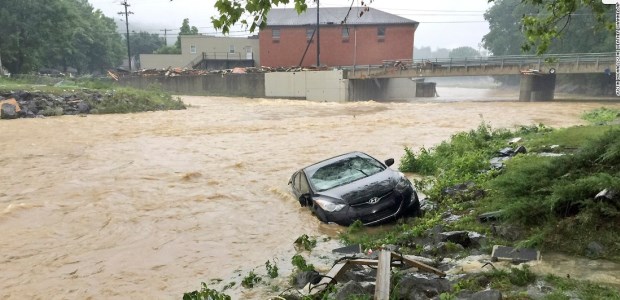
DHS Unit Touts New Tech to Boost Readiness for Floods
The Flood Awareness Apex applies emerging technologies to improve community resilience from flood disasters in order to reduce flood fatalities and property losses.
The First Responders Group within the U.S. Department of Homeland Security's Science and Technology Directorate has partnered with the Lower Colorado River Authority (LRCA) to develop a new IoT sensor technology and geo-targeting alerts that will help first responders better respond to floods. The Flood Awareness Apex applies emerging technologies to improve community resilience from flood disasters in order to reduce fatalities and property losses, as well as enhance community-wide resiliency to disruptive flood events.
Floods can be unpredictable and powerful, but with the help of the Internet of Things and early alerts and warning technology, flood forecasting is not impossible, according to the agency. Early warnings allows people to be removed from areas that might be flooded and emergency management and first responder agencies to plan their resources and personnel accordingly.
LCRA is based in Austin, Texas, and has the experience of dealing with one of the riskiest flood areas in the nation: Central Texas with its steep terrain, has shallow soil and high rainfall rates. The First Responders Group is leveraging LCRA's expertise in managing floods through two projects:
- The flood sensor and geo-targeting alert system operates in real time to provide early warning to at-risk communities to save lives and property in flood-prone areas.
- The IoT low-cost flood inundation sensors project is working on a sensor technology that monitors flood-prone areas in real time, detects, and alerts officials, industry leaders, and citizens about potential threats. Business partners are designing a network of low-cost sensors to rapidly measure rising water.
First responders will receive data from the IoT flood sensors instead of having to physically assess the flood area. The project is developing a software technology to collect the data from flood sensors, analyze it, and send it as geo-targeted alerts to individuals who are affected by the event -- members of the public, first responders, and emergency managers. By early 2018, nearly 300 sensors will be delivered to S&T for field deployment, testing, and evaluation.